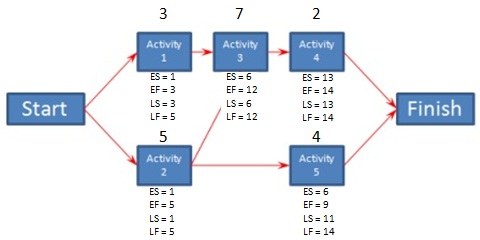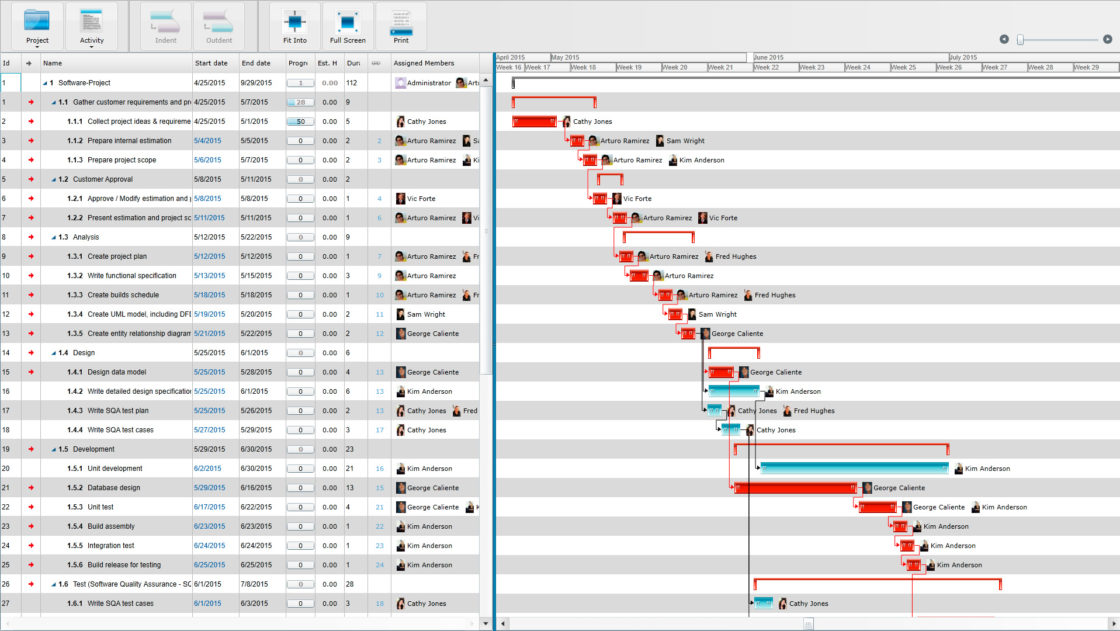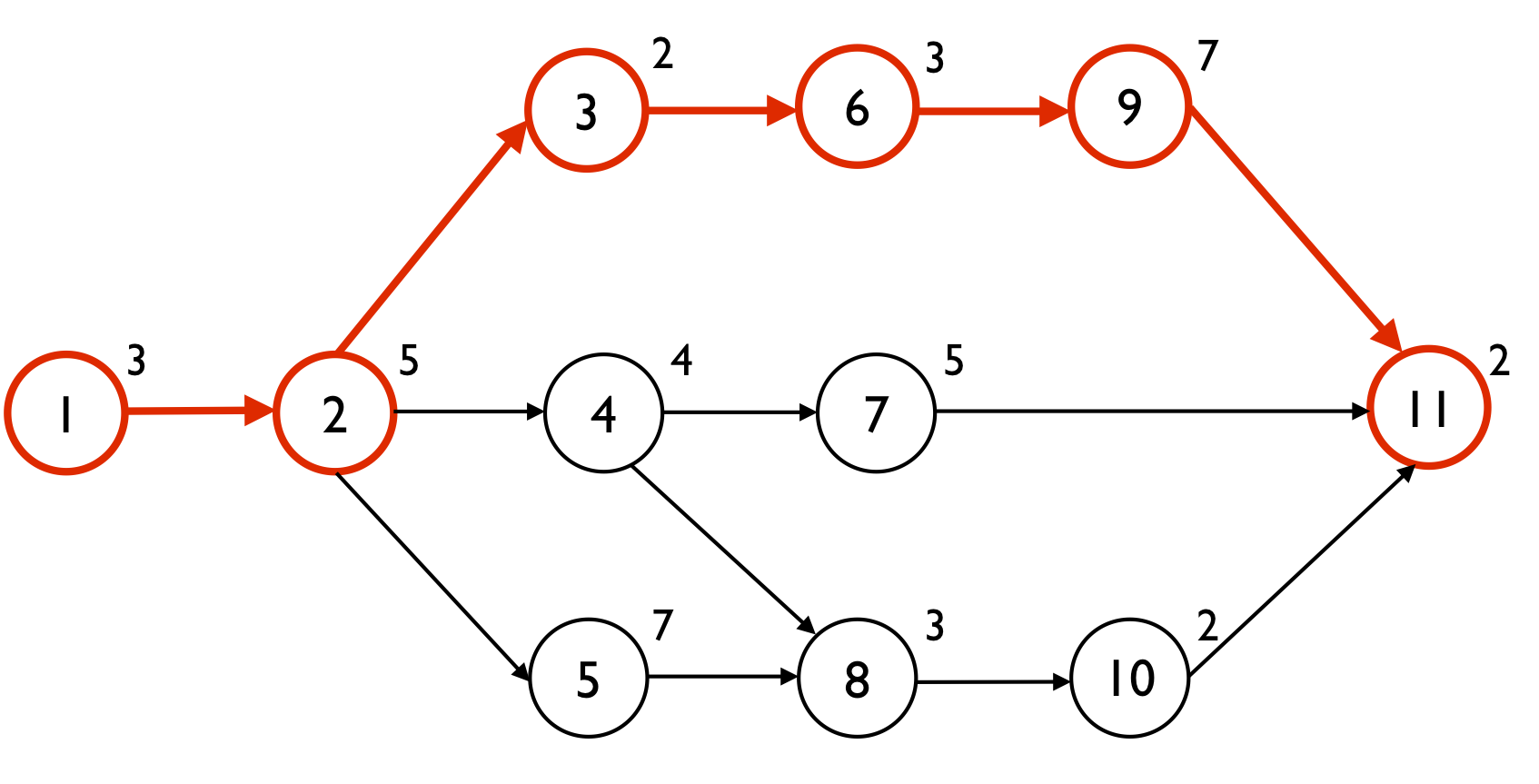


start and due dates, four levels of priority.capacity to track goals (premium feature).easy filtering and capacity to save smart filters (premium feature).The screenshots below show Doit’s daily and weekly reviews: I do not think that is a problem, since nothing stops you from doing a traditional GTD® weekly review alongside Doit’s offering. You review your active tasks with a planning focus: what do I need to do next to keep each project moving? In Doit, the focus of the built–in review mechanism is retrospective, looking at your performance for the past day or week. In David Allen’s Getting Things Done® approach, the weekly review process is foward–looking. I would much prefer the capacity, as in ToodleDo, to assign a goal to a task at the point of entry and to review progress towards goal attainment across all projects.Īnother interesting feature of the premium version is Doit’s review mechanism, which was still in beta at the time of writing. It also assumes that ‘regular’ projects are not related to one’s goals, which is hardly ever the case. Doit’s approach does not reflect that goals sit higher in the productivity hierachy than projects. While tasks associated with goals also show up in the standard views, I find Doit’s way of separating goals and projects unhelpful, as it effectively forces you to review your projects in two separate places, which goes against good GTD® practice. Goals, in Doit, are essentially projects that are set up in a separate section of the navigation pane. This is a feature of the premium version and I am a bit underwhelmed about its execution. Tasks can have multiple tags.Īs you will see from the screenshot, Doit also lets you track goals. For example, you can create a ’15m’ tag to mark tasks that you can complete in fifteen minutes or less, or a ‘bills’ tag to keep track of invoices. The ‘tag cloud’ above the task list lets you filter your tasks by context or by user–defined tags. The next screenshot shows the ‘next actions’ view: Doit feels very similar to Nirvana, with standard views, projects, contexts, filters and goals shown in the navigation pane on the left. A minor annoyance is that subtasks cannot be re–ordered using drag and drop, so if you belatedly think of another subtask it will forever be at the bottom of the list. If you are willing to pay for the premium version, you will also be able to create subtasks. A great way of prioritising within your list of daily priorities. Assigning a star to a task marks it for completion today and clicking on the ‘doit now’ lightning bolt icon flags the task(s) you want to complete next. Recurrent tasks can be scheduled using a number of basic cycles (but not from a completion date).


You can also give your task a start and due date, a priority, multiple tags and add notes or reminders. You can assign your task a project and a context-and delegate it to a contact if you wish. As Doit does not support inline editing, learning the keyboard shortcuts will save you a lot of unnecessary clicking. You can add tasks by clicking on the button in the top left of the screen, by typing in the task entry bar or by pressing a keyboard shortcut (N). You can add a descriptive paragraph underneath the project title and a counter in front of the project name keeps track of active tasks and the total number of tasks in the project. You can also sort tasks by context, start time, deadline or priority, or filter them using user–defined tags. My project is called ‘PZG posts’ and the tasks are sorted by status (today, tomorrow, next, scheduled, someday, waiting, completed, archived). The first screenshot below shows Doit‘s project view.
PAGICO CRITICAL PATH PRO
I have tested the Doit browser version (3.7.22) and desktop app (1.6.6) for a month using Safari (it also runs on Firefox and Chrome) on a 2009 iMac and a 2012 MacBook Pro (both running Mountain Lion), as well as the IOS versions (3.9.4) for iPad and iPhone.
PAGICO CRITICAL PATH FULL
Check out the full review and the screenshots…
PAGICO CRITICAL PATH FREE
While the free version is quite robust, the premium version gives you lots of extra functionality for just $20 per year, including subtasks, a unique review function and the capacity to track goals. Doit has matured into an attractive GTD–compatible task manager with email and calendar integration and supported by mobile apps for the iPhone, iPad and Android. Of late, I have come across so many positive comments about Doit that I decided to give the app another ‘go’ - and I am glad I did. When I tried out Doit at the start of 2012 I liked the way in which it had incorporated David Allen’s Getting Things Done® (GTD®) methodology, but the browser–based app ran so glacially slow as to be unworkable.


 0 kommentar(er)
0 kommentar(er)
